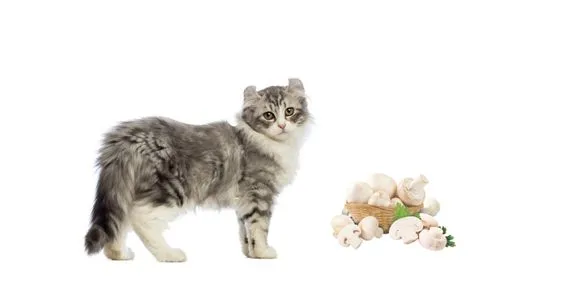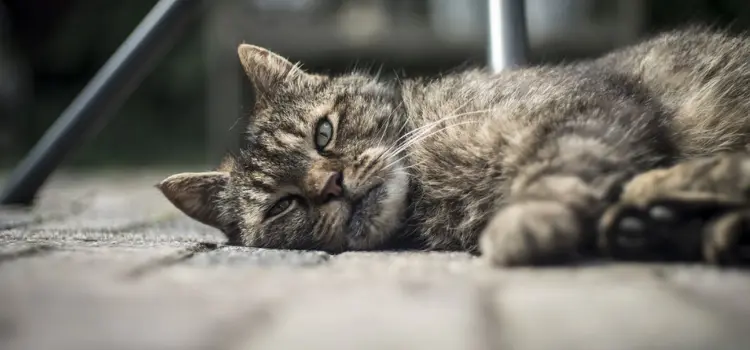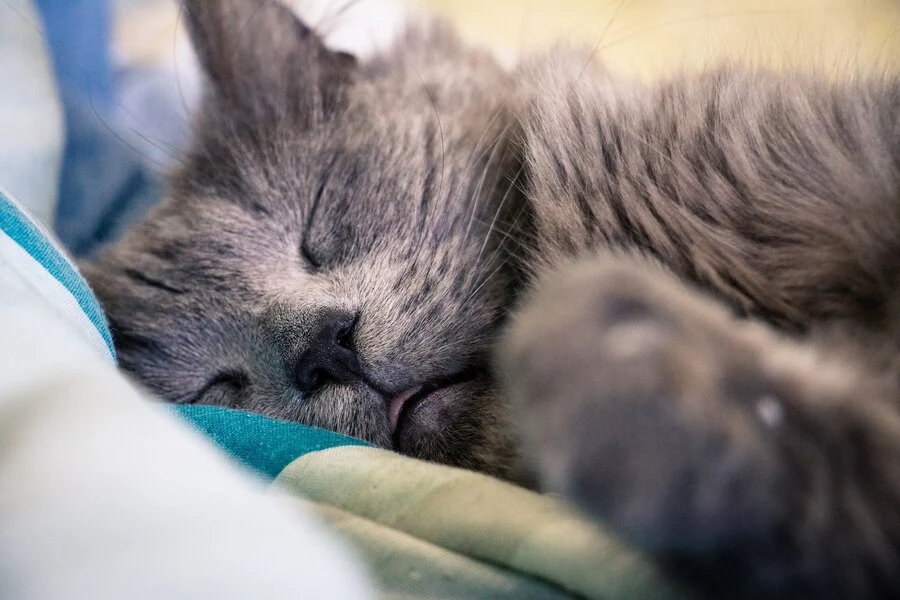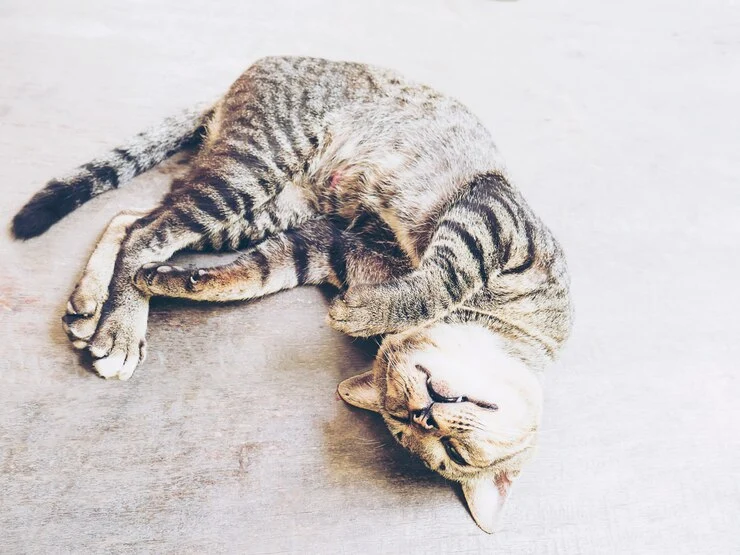How to Prevent Cat Biting
Cats, those charming and fluffy companions, often come with a peculiar quirk: biting. But fear not, for we have compiled a step-by-step guide to help you understand why your cat bites and, more importantly, how to prevent it.
Understanding Cat Biting
Cats of all ages, from kittens to seniors, may exhibit biting behaviors for various reasons:
1. Playfulness
Play biting is a common feline behavior as cats use playtime to satisfy their innate hunting instincts. This is perfectly normal, but it can become an issue when they perceive you as their prey instead of a playmate.
2. Love Bites
Some cats express affection through gentle bites or nips. These love bites typically occur when your cat feels secure and bonded with you. Look for signs of relaxation and happiness in your cat’s body language to distinguish them from aggressive bites.
3. Grooming Behavior
Cats are meticulous groomers, and their grooming process sometimes includes gentle nibbling. This behavior is believed to be a sign of affection, even though it might lead to unintended nibbles.
4. Overstimulation
Cats can quickly switch from enjoying your affectionate pets to feeling overwhelmed and ready to bite, known as petting-induced aggression. Each cat’s tolerance varies, so be attentive to their body language to know when it’s time to stop.
5. Startle Response
Cats may bite if startled or woken abruptly. Ensure your cat is aware of your presence to prevent these defensive reactions.
6. Lack of Socialization
Cats not properly socialized may resort to biting more readily than their domesticated counterparts. If you observe these behaviors in a new cat, consider working with a certified cat behavior consultant or veterinarian.
7. Defense Mode
Fear, anger, and stress can drive a cat to bite as a last resort. In such cases, it’s crucial to give your cat space and identify stressors to address the root cause.
8. Pain or Discomfort
Abrupt biting can be a response to pain or an underlying health issue. If your cat suddenly exhibits this behavior, consult your vet to rule out medical causes.
How to Prevent Cat Biting: A Step-by-Step Guide
If your cat has developed a habit of biting during play or displays aggressive behavior, follow these steps to prevent cat biting:
1. Observe Body Language
Before initiating contact, pay close attention to your cat’s body language. If you notice any of the following signs, it’s best to give them space:
- Low-to-the-ground stance
- Wide eyes
- Flat ears
- Arched back
- Stiff tail
- Puffed-out fur
These signs indicate stress, which may escalate to biting if not respected.
2. Avoid Startling Your Cat
Like humans, cats dislike surprises. Avoid sneaking up on them, as it may trigger a defensive biting response. Let your cat sleep undisturbed, and they’ll be more receptive to interaction on their terms.
3. Handle With Care
Cats have a lower tolerance for rough handling compared to dogs. Use both hands to pick them up, avoiding the scruff of the neck. Pet their head and neck, steering clear of sensitive areas.
4. Use Toys for Play
Engage your cat in play with hands-free interactive toys such as lasers, wands, or self-moving toys. Avoid using your hands, and if your cat starts biting, substitute your hand with an appropriate toy.
5. Reward Good Behavior
Incorporate treats into playtime to positively reinforce good behavior. Offer treats at intervals when your cat refrains from biting. If they do bite, pause playtime to teach them that biting interrupts their favorite snacks.
6. Consult a Professional
For cats with persistent biting issues, consider seeking help from a cat behaviorist. Organizations like the American College of Veterinary Behaviorists and the International Association of Animal Behavior Consultants can assist in finding a qualified professional.
7. Address Medical Concerns
If your cat’s biting behavior is sudden and unexplained, consult your veterinarian to rule out any underlying health conditions.
Treating a Cat Bite
Cat bites that break the skin can lead to infection. Here’s what to do:
- Gently wash the area with warm, soapy water for about five minutes. Avoid using strong disinfectants like rubbing alcohol or hydrogen peroxide.
- Cover the wound with a sterile bandage. Applying antibacterial ointment is optional.
- Change the dressing at least once per day or when it gets wet.
Monitor the wound for signs of infection, including redness, oozing, continued bleeding, fever, or chills. If any of these symptoms occur, consult a medical professional.
Conclusion
In conclusion, understanding the reasons behind cat biting and following these comprehensive steps can help foster a harmonious relationship with your feline companion. By respecting their boundaries and addressing their needs, you can reduce the occurrence of cat biting and enjoy a more rewarding bond with your beloved pet.
















